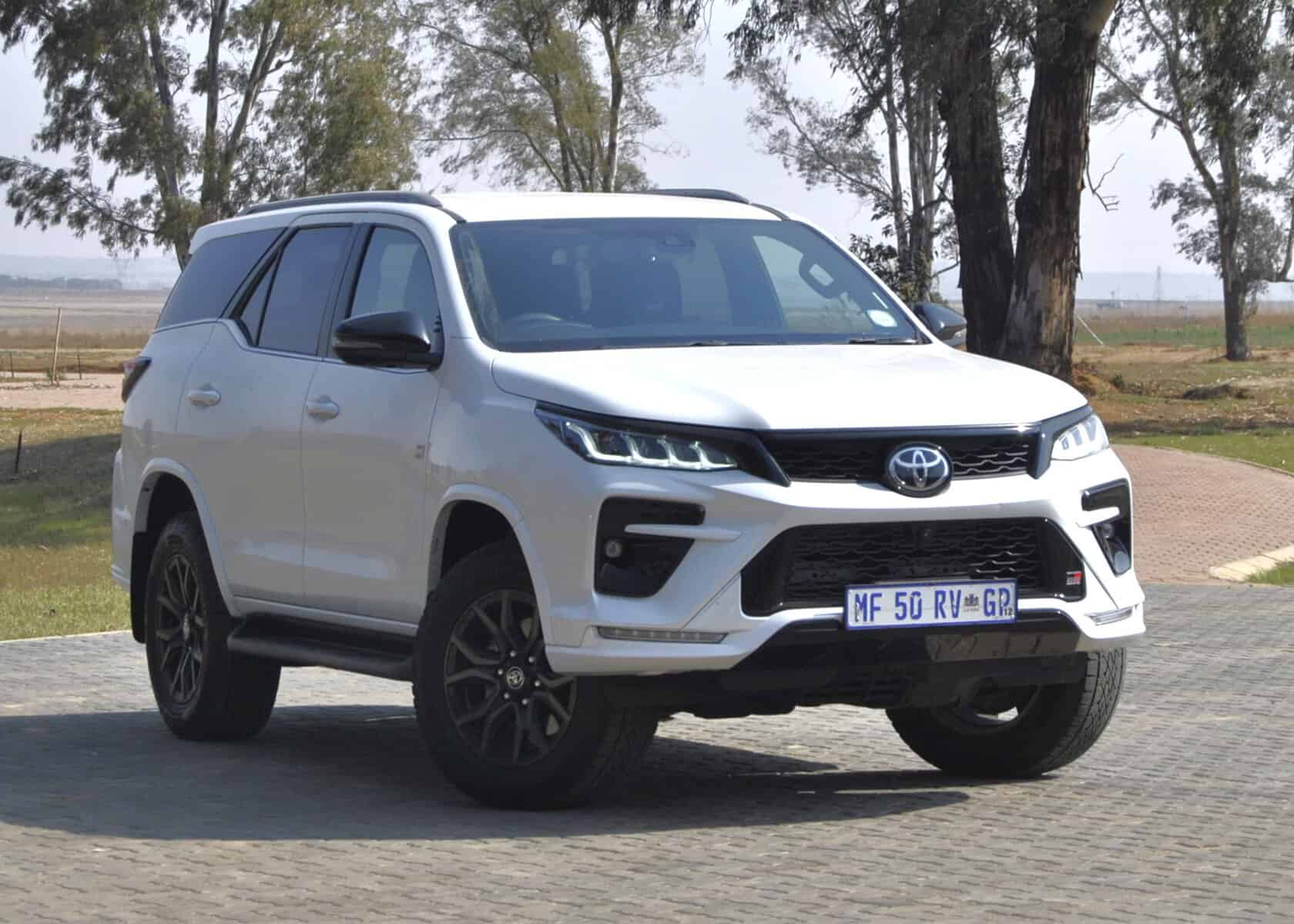
If reports are to be believed, November will see the debut of the eagerly awaited if not completely brand-new Toyota Hilux.
Time running out
Shrouded in more secrecy though is it’s SUV sibling, the Fortuner, which was last reported in 2023 as making its world showing in 2025.
Not seen or mentioned since a supposed leaked image emerged two years ago, the current second generation Fortuner remains a massive hit for Toyota, but, as with the Hilux, has started showing its age against the Ford Everest and even Isuzu’s newly updated MU-X.
ALSO READ: Toyota Fortuner GR-Sport made to stand out from the crowd
Already 10 years in production, again similar to the Hilux, the arrival of the GR Sport earlier this year has been seen as the final encore for the internally named AN150 Fortuner.
Building on the updates applied back in 2023, the GR Sport is also unique to South Africa as it gets the 165kW/550Nm 2.8 GD-6 engine that powers the Hilux GR Sport.
Not offered in any other market where a Fortuner GR Sport is sold, the torquiest Fortuner ever made – the most powerful having been the discontinued 4.0-litre V6 petrol that made 175 kW – also launched under the physical barrier of R1-million.
Two-month tenure
A move made cleverer by using the “unbadged” variant instead of the top-spec VX as a base, the still applicable R999 000 price tag makes the GR Sport cheaper than the admittedly newer Land Cruiser Prado, which also seats eight but makes do with the “normal” 150kW/500Nm GD-6.
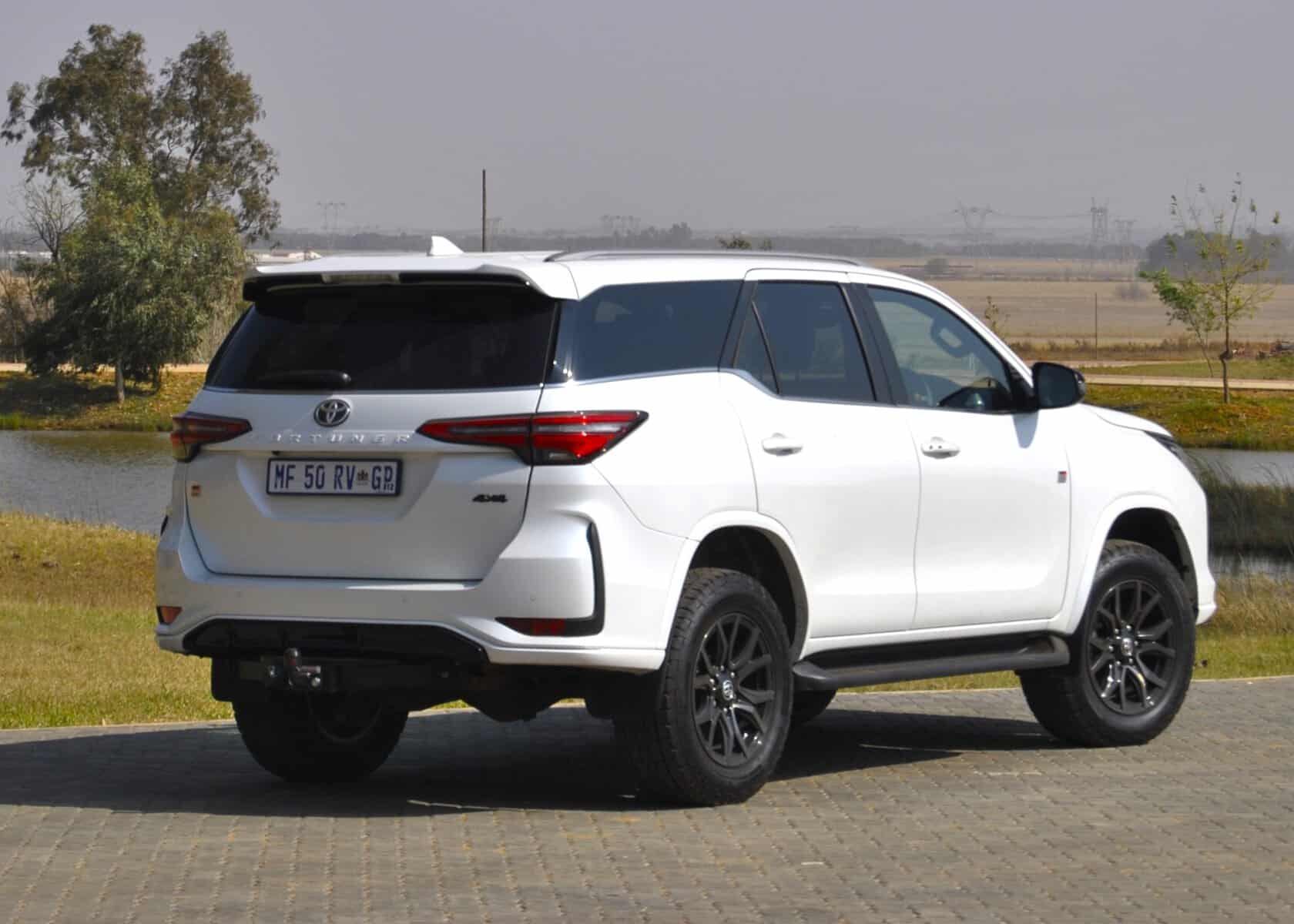
For the last two months, The Citizen has been privy to a Platinum White Pearl Fortuner GR Sport, which has since returned after the mentioned tenure and a total of just under 1 000 km.
Used for the daily commute, the odd out for town bout and intercity travel, the extended stay only illustrated the Fortuner’s ability and usability, but, as mentioned, its age and lack of many modern features and safety systems compared to its rivals.
GR touches
Aesthetically, the GR Sport looks the part as its R91 300 premium over the model it is based on nets black 18-inch alloy wheels, a GR honeycomb grille, black side-steps, GR front and rear bumpers, a black lower air intake with a honeycomb pattern, darkened LED headlights clusters and black fog lamp bezels.
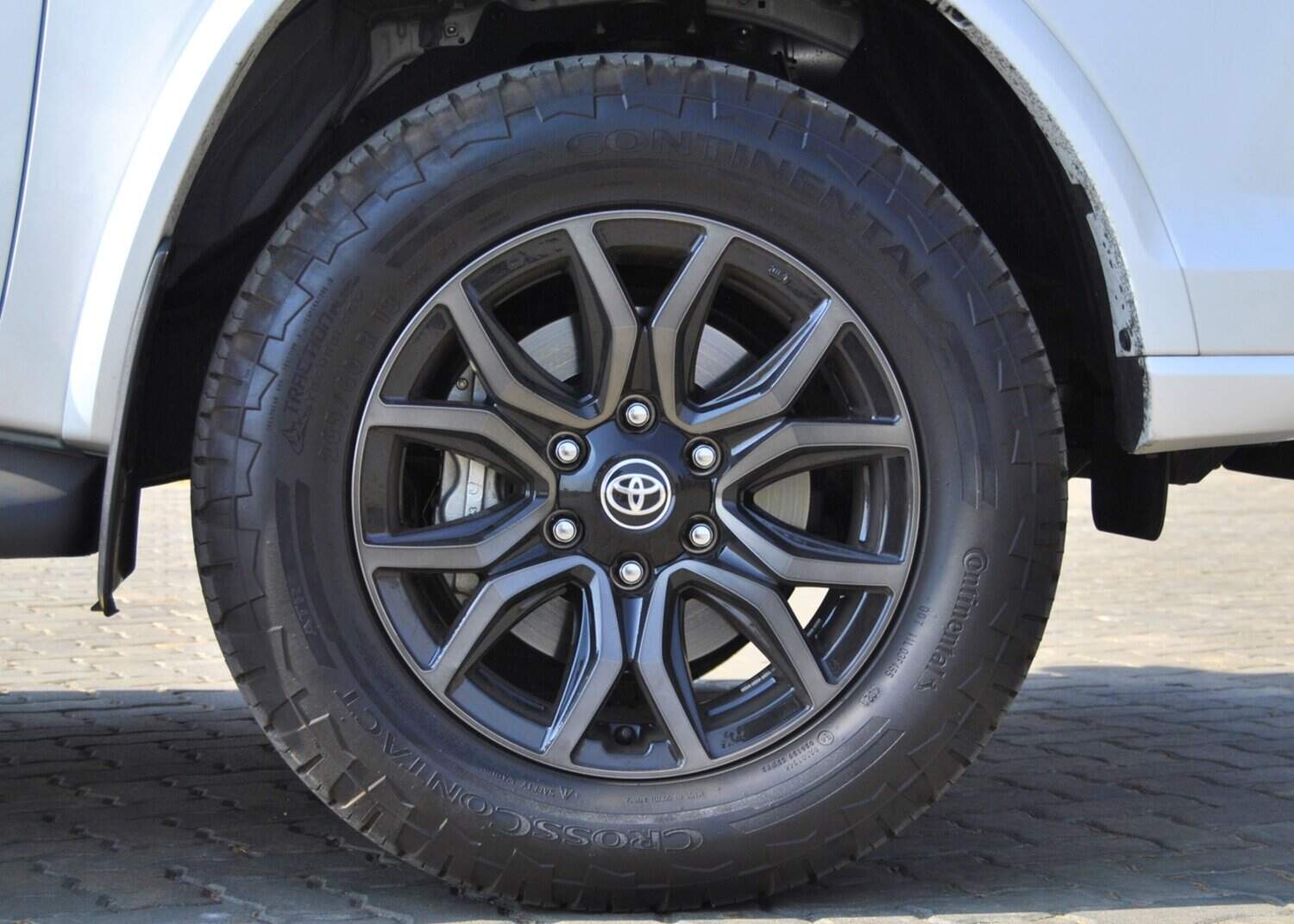
The external transformation is rounded off by an imitation black diffuser integrated into the rear bumper, black mirror caps, a bootlid spoiler and, as an alternative to the white exterior finish, a more sinister hue called Attitude Black.
Changes, while seemingly only for the show, do represent a departure from the standard “white Fortuner” in, arguably, having created the best-looking variation, on top of the updates, of the AN150’s extended lifecycle.
Step inside
Despite this, the GR touches haven’t been able to mask the Fortuner’s time of life when stepping inside.
Along with the imitation carbon fibre time on the centre console – which felt unsurprisingly cheap – the GR overhaul includes alloy pedals, a GR branded steering wheel with red 12 o’clock marking, GR floor mats, a GR starter button, black leather upholstery with suede inserts, a GR plaque on the centre console and GR logos embroidered onto the headrests of the front seats.
As with the exterior, the additions help spruce the interior up, aided by the red stitch work and faux alloy decorative inserts “borrowed” from the VX.
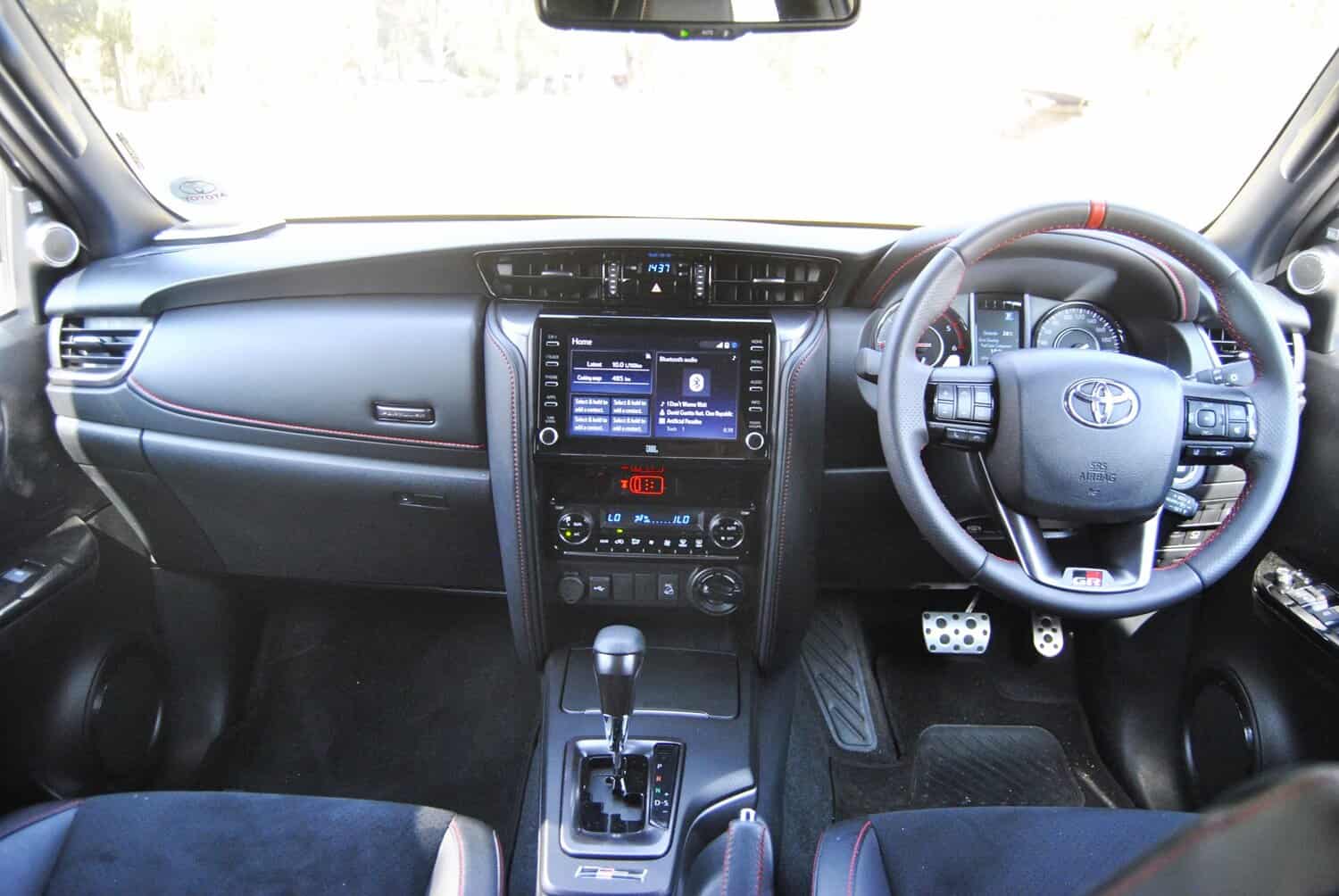
In spite of a GR logo being present within the 4.2-inch TFT instrument cluster, this, together with the tiny and outmoded eight-inch infotainment display, rings the message of the Fortuner’s age home the clearest.
Counting in the latter’s favour is its relative ease of use, inclusion of Apple CarPlay and Android Auto, and physical shortcut buttons on either side of the screen.
That being said, the resolution of the reverse camera is poor and some of the touch points to adjust settings on the display small.
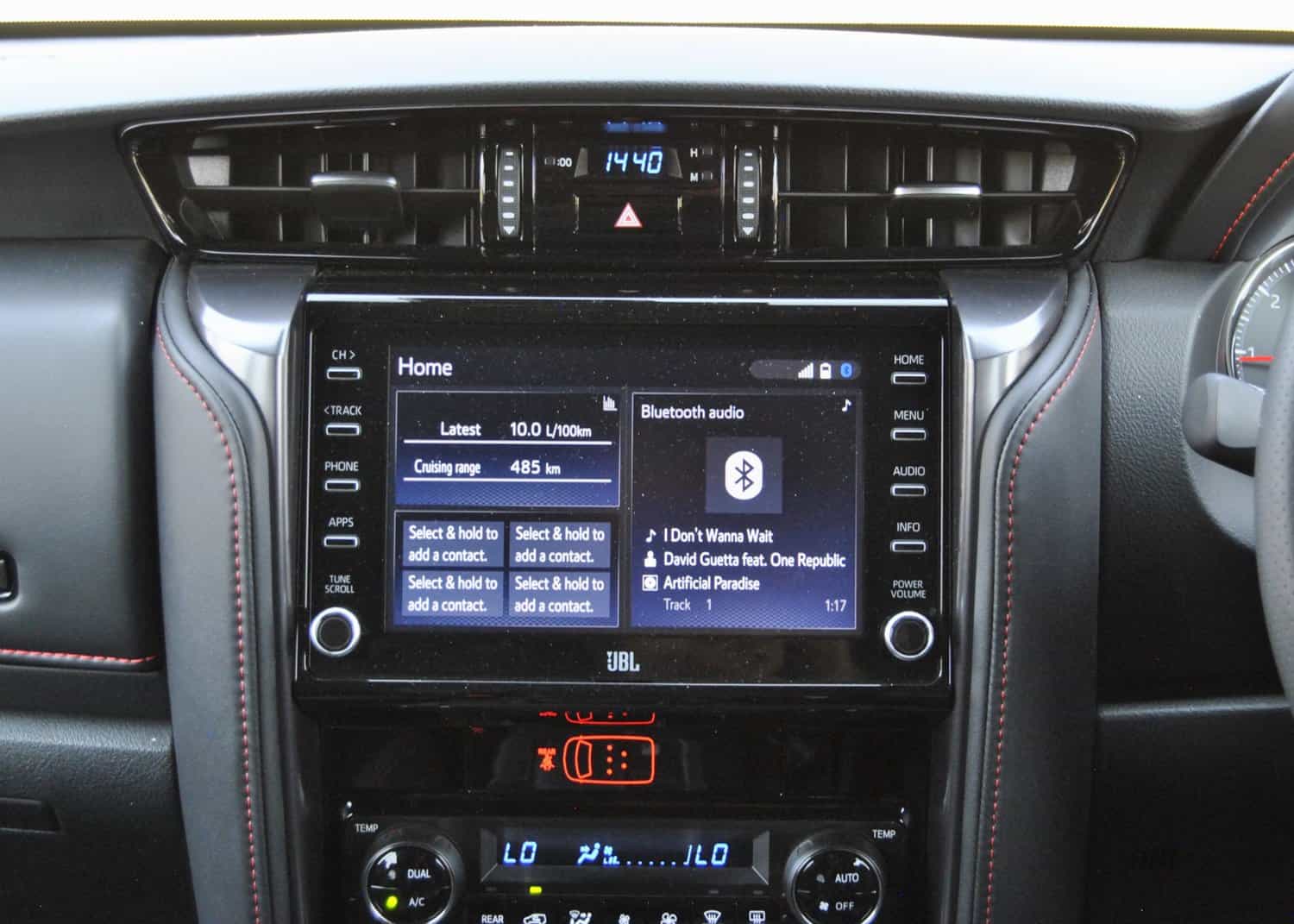
The switches for the dual-zone climate control and on the steering wheel are, however, still chunky and analogue, rendering ergonomics and getting familiar easy.
Although without the VX’s heating function, the front seats are still electrically adjustable and offer good comfort and support.
The same applies to the second row, though the third is on the tight side and still only for small children, regardless of how the second row is adjusted.
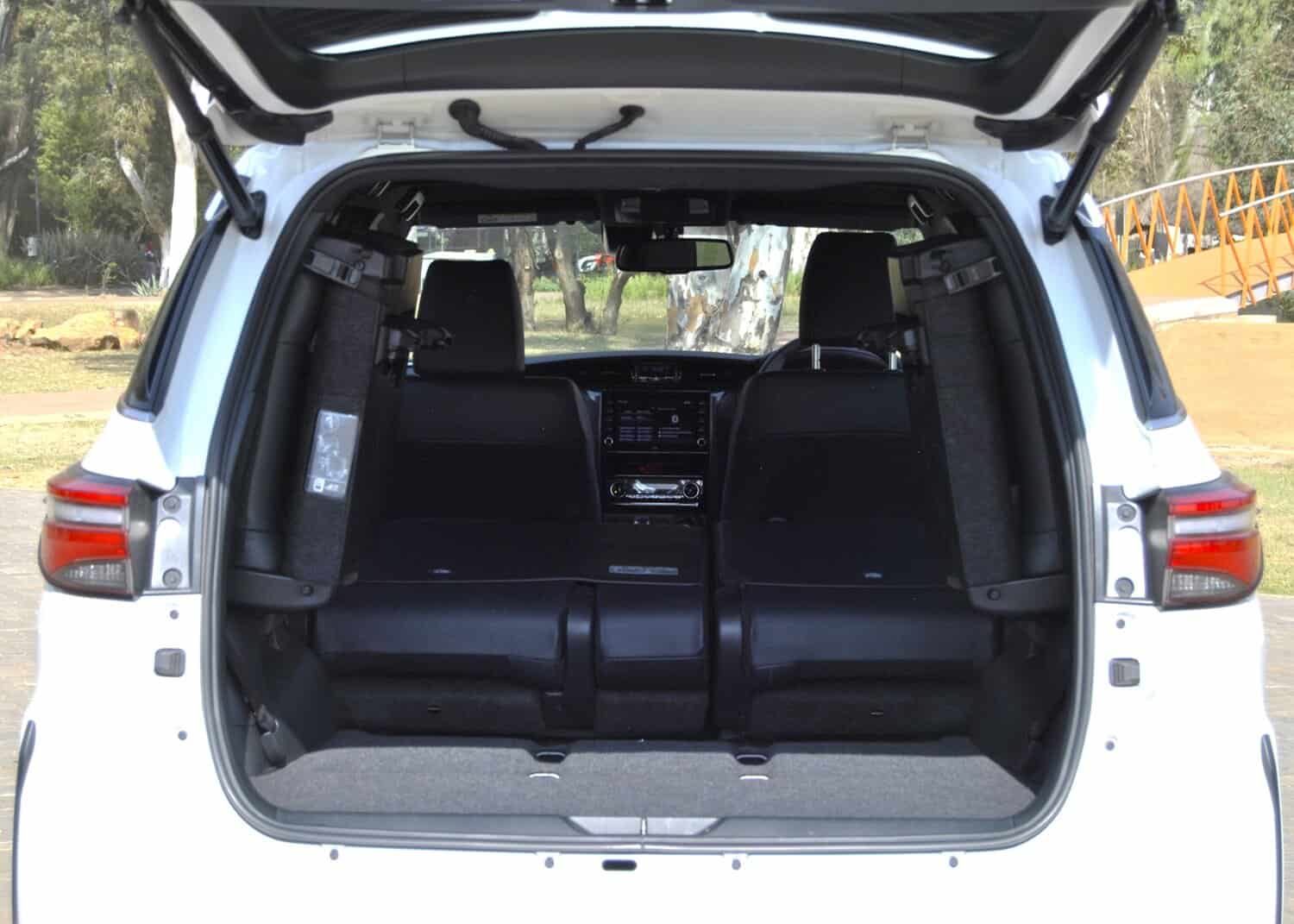
As has been the case ever since the original Fortuner, the third row folding against the inner walls and leaving the exposed mounting points remains the biggest practical hurdle compared to the flat-folding seats of the Everest, MU-X and Mitsubishi Pajero Sport.
Just as irksome, if not more, is the slow motion in which the electric tailgate opens and closes.
Out and about
As discovered on the national launch in the Western Cape earlier this year, the GR Sport is at its happiest off-road.
Fitted with the same mono-tube suspension as the Hilux GR Sport, minus the widebody stance or extended wheel arches, the ride is pliant and doesn’t “hit through” when rebounding
Unfortunately, the two-month stint saw the Fortuner being confined to the urban jungle, which, together with the Continental CrossContact all-terrain tyres, made for a firmer than normal ride.
This meant noticeably more tyre roar inside the cabin and a slightly nervous feel brought on by sudden surface changes.
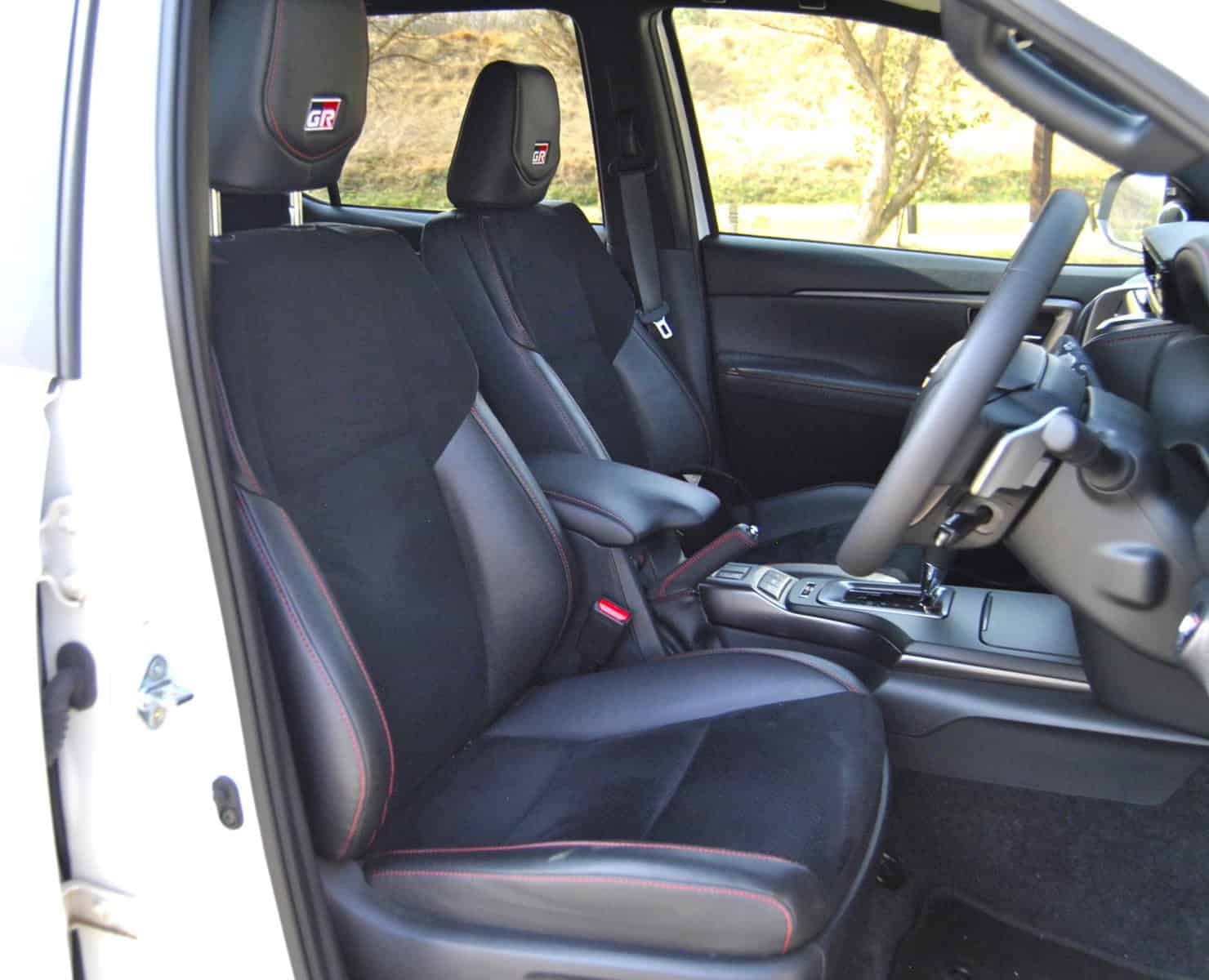
Very few complaints were, however, thrown at the engine. Although some lag is still present low down, it quickly disappears and delivers a strong flow of power that makes it feel lively and eager to impress.
Likewise, the six-speed automatic gearbox has been recalibrated and shifts a smidgen quicker than on a normal Fortuner.
Although paddle shifters are provided, the ‘box was left in Drive for most of the two months, as reverting to the paddles comes with a delay between the paddle being flicked and the gear selected.
This, by a large margin, disappears when selecting Sport mode – the others being Eco and Normal. However, the latter was most prominent despite the constant “want” of pressing the sportiest setting button.
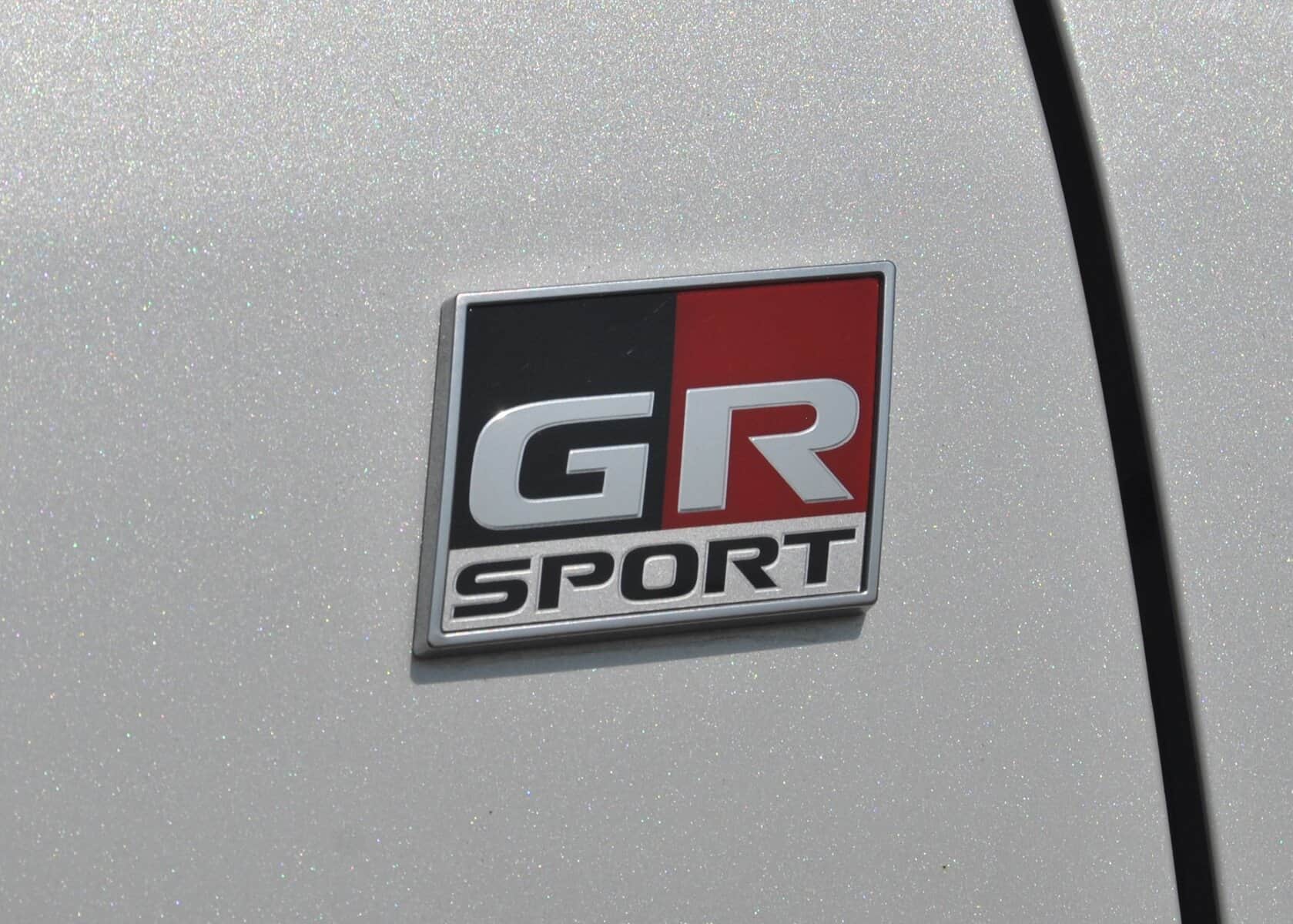
Given not only its added grunt but a mass of almost 2.2-tonnes, the GR Sport’s fuel consumption was always going to be on the heavy side in city conditions.
That it proved to be as attempts to lower it by taking it on a road trip to the coast fell through due to programme changes.
As such, a much less strenuous escapade to the Legends off-road training course outside Pretoria for an event yielded the only real chance it had to spread its legs.
The result was consumption dropping from 10.2 L/100 km to 9.8 L/100 km, where it stayed until its departure.
Conclusion
As with the inclusion last month of the Hilux Legend 55, which will be the current generation’s swansong, the Toyota Fortuner GR Sport is another example of “if it ain’t broke, don’t fix, but refine” or in this instance, enhance.
Dated as it is, it still remains the best-selling family off-roader in South Africa with more than 700 units often being sold monthly. With the added subsentence of more grunt and beefier looks, the GR Sport is the ultimate farewell to a generation that has been the segment benchmark none of its rivals came close to matching.
NOW READ: Toyota Fortuner GR-Sport: a perfect send-off for SA’s popular SUV



